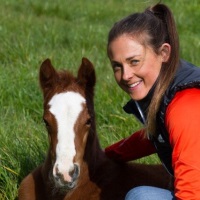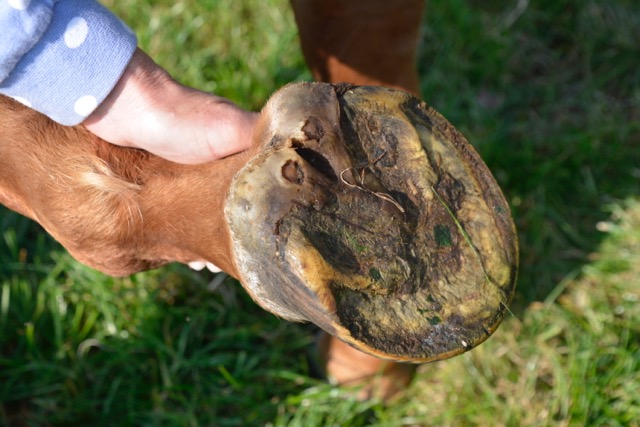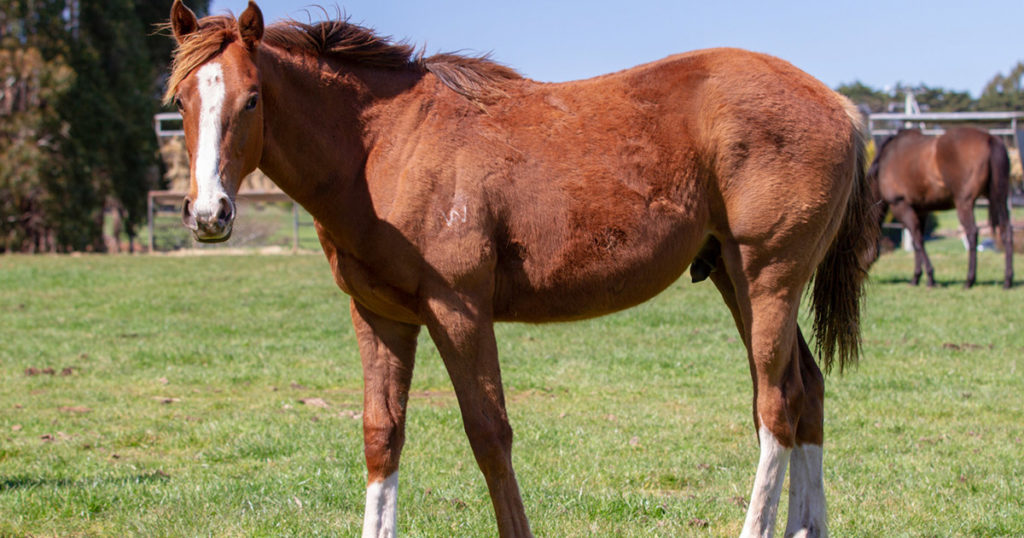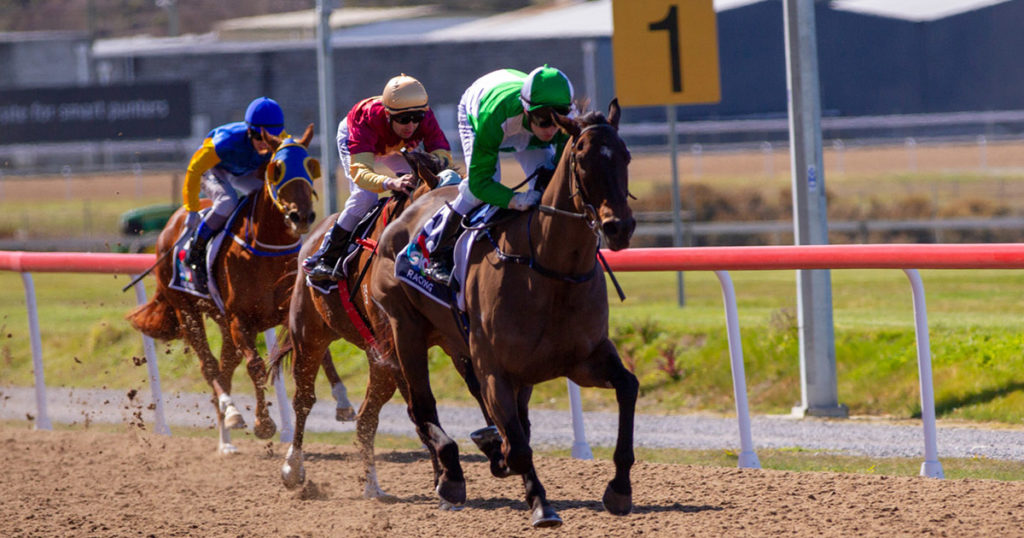Spring is here in the Southern Hemisphere! Which means crisp nights with longer daylight hours and warmer weather. After a long, cold winter-this weather is a welcome relief. But it also makes for ideal growing conditions for grass high in sugars and non-structural carbohydrates (NSC) . This puts susceptible horses at increased risk of laminitis.
What is laminitis?
Laminitis is a painful, often devastating inflammatory condition affecting the lamellar tissue of the foot. Each hoof contains 550-600 primary laminae, and each of those consists of 150-200 secondary laminae. The laminae connect the hoof wall to the coffin bone and function to provide shock absorption during locomotion, holding the coffin bone in place and supporting the horse’s entire body weight against gravity during movement. Laminitis results in the separation or failure of the laminae, causing permanent structural changes in a horse’s foot, often leading to repeated bouts of the condition and lasting lameness. In severe cases, the pedal (coffin) bone in the hoof can rotate and/or sink downward (this is termed founder). The devastating end result can be the coffin bone protruding through the sole of the hoof.
Signs and Symptoms of Laminitis
Laminitis most frequently occurs in the front hooves, which carry the majority of the horse’s weight (about 60%), although it can affect the hind hooves as well.
Common clinical signs include:
- Reluctance or inability to walk, and/or looking very footsore or ‘toey’ when walking;
- Weight-shifting between legs;
- Increased respiratory rate and frequently increased heart rate;
- A glazed, painful expression;
- When front feet are affected, a stance with the hind legs camped under the body and forefeet camped out;
- Bounding (throbbing) digital arterial pulses; and
- Increased heat of the feet (this can be felt by touching the horse’s effected hooves).
It is extremely important to note that structural damage to the laminae can occur before obvious clinical signs are noticed.
Causes
Laminitis can be caused by several different factors, many of which can overlap or occur concurrently. At this time of year, the primary focus is on laminitis which results from eating grass rich in NSC. These NSC can cause blood glucose and insulin levels to skyrocket, resulting in excessive inflammation and damage to the lamellae. Fructans (a particular type of of NSC, often high in grass at this time of the year) pose a further risk to horses. Fructans are largely indigestible to equines, causes undesirable changes in gastrointestinal (GI) microflora and the integrity of the cells which line the GI tract. This is a significant risk factor in the development of laminitis.
Horses and ponies most at risk of laminitis at this time of year include those that are overweight and/or have metabolic syndrome, those with Pituitary Pars Intermedia Dysfunction (PPID) (which is often referred to as Equine Cushing’s Disease) and those that have previously had laminitis.
Prevention
Prevention is key to ensuring your horse’s best health and welfare- and requires a diligent and holistic approach. Providing sufficient roughage (such as soaked hay) which is low in NSC and minimising grazing of grass high in NSC are key. One thing which can catch many people out is that even grass which is not lush and green can be high in NSC. It is imperative to note that the common practice of locking susceptible horses up and giving them minimal hay and/or feed has deleterious health effects on the horse and can actually increase the severity of laminitis.
Exercise is often overlooked, but is imperative in the prevention of laminitis. The effects are multiple: exercise itself has a direct effect on utilising energy, thus helping with weight management of the horse. It also helps to reduce fat tissue and promote lean muscle mass, thereby increasing energy utilisation at rest. But by far the biggest benefit comes from regulating blood glucose levels, through a mechanism that can only be facilitated during exercise.
Treatment
In the early stages of an acute episode of pasture-associated laminitis, the horse should immediately be removed from the affected pasture. Soaked hay (ensure that the water it is soaked in is discarded away from where the horse can graze it) should be the primary feed source provided until further nutritional advice is sought. Icing the hooves may slow down inflammatory processes and may also impede enzymatic processes associated with the deterioration of the laminar attachments. Icing should be employed for the first 72 hours.
Treatment of the horse with laminitis needs to be tailored to the individual horse and the the factors which have contributed to its condition. Specific feeding plans, combined with appropriate exercise (at a stage where the horse is able to safely and comfortably move), and strategic nutritional and herbal medicine supplementation are imperative. This should only ever be prescribed from someone suitably qualified and experienced. Whilst immediate pain relief may be required for the horse’s welfare in the case of an acute laminitic episode, the use of non-steroidal anti-inflammatories (NSAIDs) such as ‘bute’ must be judicious. Such drugs may actually worsen the condition by further compromising GIT integrity. Additionally, the pain relief provided by these may allowing the horse to move more than appropriate at that stage of its recovery, thereby further damaging the hoof laminae.
Conclusion
Laminitis is a serious, yet largely preventable condition in our equines. Through appropriate dietary and management strategies, and the use of specific nutritional and/or herbal medicine where indicated, a horse’s risk of developing the condition can be minimised. In the horse that has developed laminitis, appropriate early intervention improves the outcome for the horse.

Camilla Whishaw is a highly regarded, experienced horsewoman and naturopath, helping to holistically treat and manage a broad range of equine health conditions and injuries, with a passion for mare and stallion fertility.
As a world-renowned practitioner, presenter, author, and consultant in the field of Equine Naturopathy, Camilla shares her knowledge through keynote presentations, interviews, lectures, panel sessions, and workshop training.





